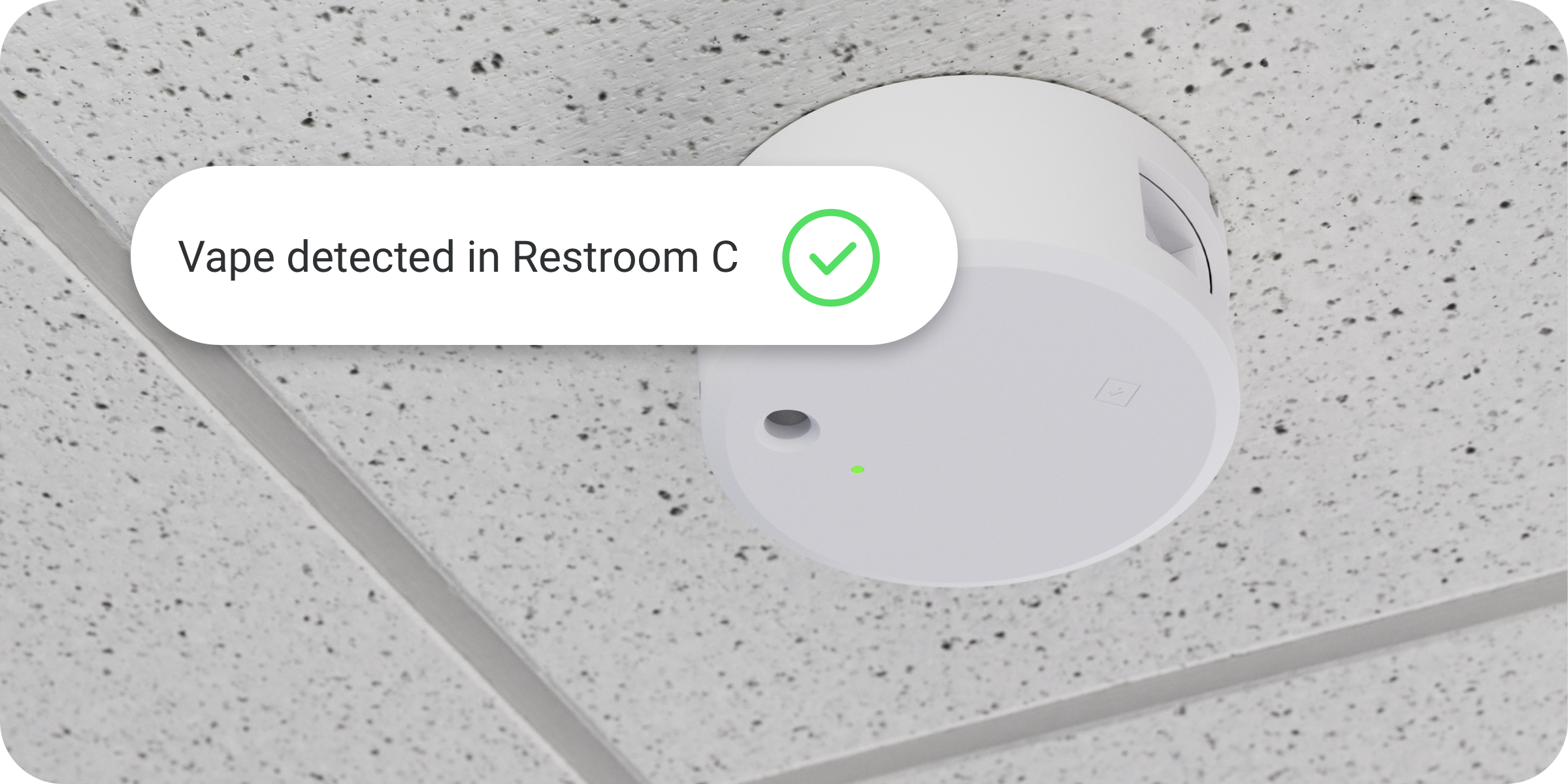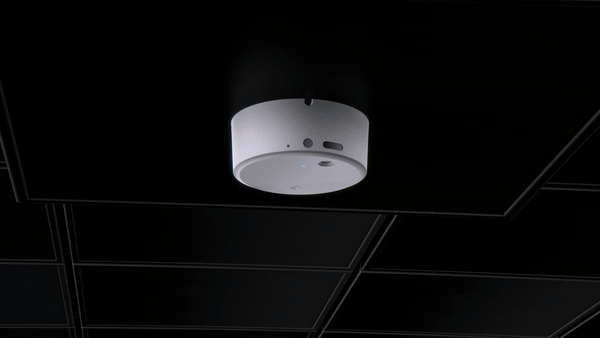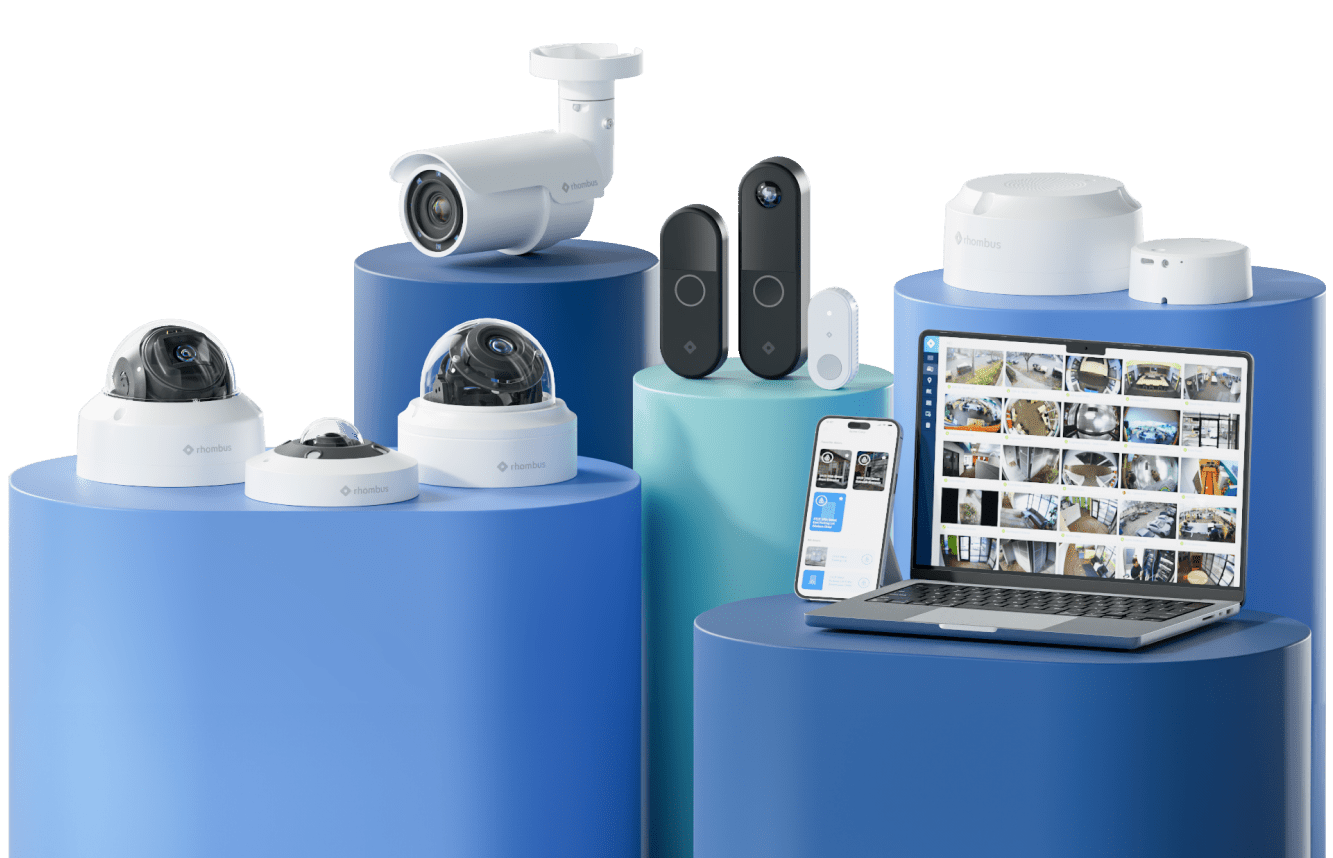
How to Prevent Student Vaping in Schools with Automatic Vape Sensors
April 11, 2023

In the past decade, there has been a “youth vaping epidemic” among teenagers. For many middle school and high school teachers, vaping impacts their students on a daily basis and makes it harder for educators to teach. The FDA found that 13.4% of high school students use tobacco products, with 2.06 million middle and high school students reporting that they use e-cigarettes.
These statistics are worrying, but they include an encouraging trend: nearly two-thirds of students (65.3%) reported that they were “seriously thinking about quitting” the use of all tobacco products.
Every day, schools have a real opportunity to help students reduce their tobacco use, and automatic vape sensors can be a powerful tool in this endeavor. This article explores how vape sensors work, how vape sensors can be combined with smart security cameras to capture actionable evidence, and how this technology helps schools combat underage vaping and protect the well-being of students.
How can schools combat student vaping?
The first and most challenging step is detecting when and where vaping is happening on campus.
Manually monitoring students isn’t efficient—there are too many students per educator. Teachers have enough on their plates, and students are finding ways to stay out of sight when vaping.
Privacy is also a concern; many students vape in the restroom, and many vapes are easy to hide. Some, like JUUL, are designed to look like a USB flash drive and produce no strong odor. It’s challenging to enforce vaping rules while properly respecting student privacy.
Vape sensors are a powerful technology that can help schools quickly detect and deter student vaping on campus. Vape sensors are most effective when they’re part of a unified physical security platform that integrates multiple aspects of school security, including video surveillance, access control, and alarm monitoring.
How vape detection via sensors works
Vape sensors are a type of IoT environmental sensor. Sensors that detect smoke and vape typically have the ability to monitor additional aspects of air quality as well, such as overall indoor air quality (IAQ), cardon dioxide levels, temperature, humidity, levels
Here’s how vape detection via IoT sensor works:
1. Deploy sensors in common vaping and smoking locations
Vape sensors can be installed nearly anywhere on a school campus, including common vaping locations such as restrooms and stairwells. Notably, sensors can be installed in areas where cameras are not permitted due to privacy concerns. As long as the sensor doesn't record video or sound, student privacy rights are not infringed.
2. Automatic vape/smoke detection via chemical signature
Vape sensors monitor the surrounding area for the chemical signature of smoke, vape, or THC. Since the sensors do not rely on sight or smell, they aren’t tricked by attempts to mask the vape with another aerosol.
3. Take action based on evidence
To gain better context and solid evidence of vaping, schools can pair vape sensors with nearby smart cameras. This synchronizes the data from the sensor and the cameras, making it simple to investigate sensor alerts and visually confirm who was vaping.
If the sensor is paired with a nearby smart camera, schools may obtain video evidence of who triggered the sensor. Having solid evidence makes it straightforward to intervene and take appropriate action to support students who are found to be vaping.

Benefits of integrated vape sensors on a unified platform
Real-time alerts with corresponding footage
When schools have a unified security system that integrates vape sensors and smart security cameras, the sensors and cameras communicate seamlessly. When vaping is detected, the system automatically knows which cameras are nearby and will connect corresponding video evidence to the alert.
Alerts happen in real time. In seconds, you can investigate the incident, save footage to address it later on, or share it with the appropriate staff member.
Fast footage search for easy investigation
On a unified security platform, sensors alerts are automatically categorized and marked in the video timeline. At a glance, you can see exactly when vaping occurred and jump straight to the relevant footage.
Collect video evidence on a unified platform
Obtaining sensor data and paired video evidence helps clarify uncertain situations in which administrators are forced to make assumptions and choose who to believe. It helps free investigations from underlying biases and creates a safer and fairer environment for everyone on campus.
With solid evidence in hand, administrators can directly intervene and support students who are found to be vaping and create targeted programming and educational resources based on the information uncovered.

Vape sensors and student privacy
Creating a balance between student privacy and school safety can feel challenging, especially when it comes to enforcing vaping and smoking prohibitions.
A major advantage of IoT vape sensors can be installed anywhere without infringing on student or faculty privacy. Pair the sensor with a security camera facing the restroom's exterior door—together, the sensor and camera provide context on what's happening without violating a person's right to privacy.
For more on student privacy, see Guide to School Video Surveillance Policy: Safety, Privacy, and Legality.
Conclusion
Separately, smart cameras and IoT sensors provide a sophisticated security solution for many organizations. Together, this integration is an absolute powerhouse that’s a perfect solution for schools wanting a reliable, high-performing, and unified security experience.

Try Rhombus for Free!
See why school districts, cities, and Fortune 500 companies use Rhombus.
Start Trial

